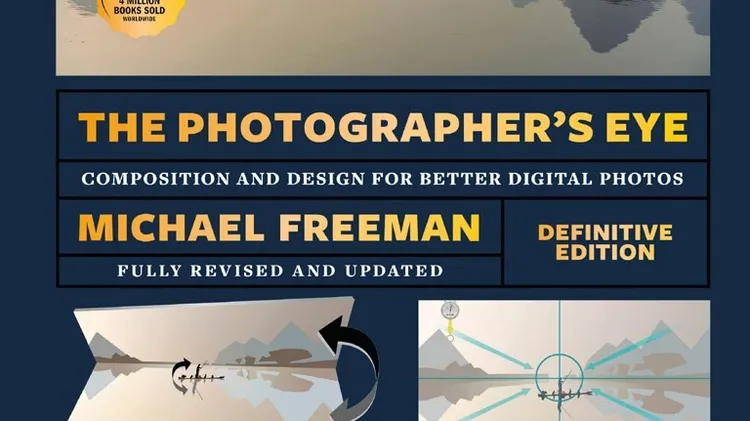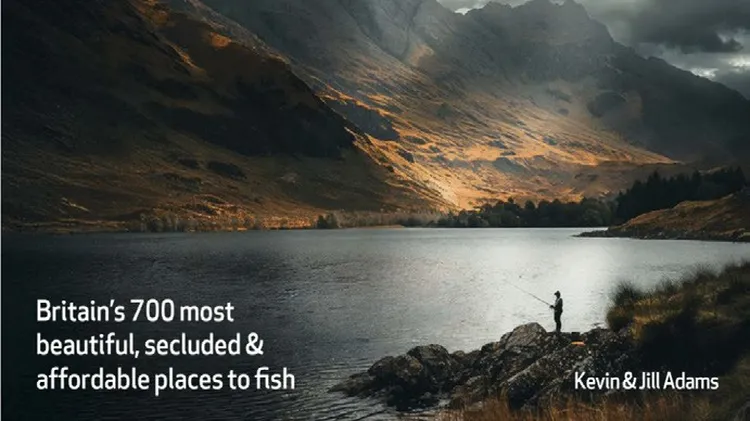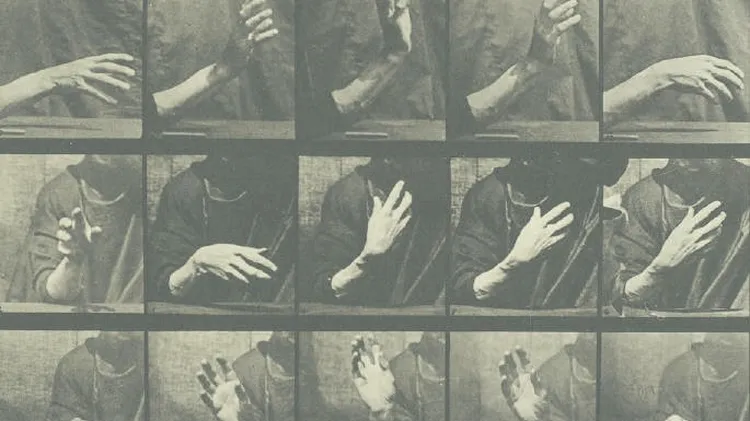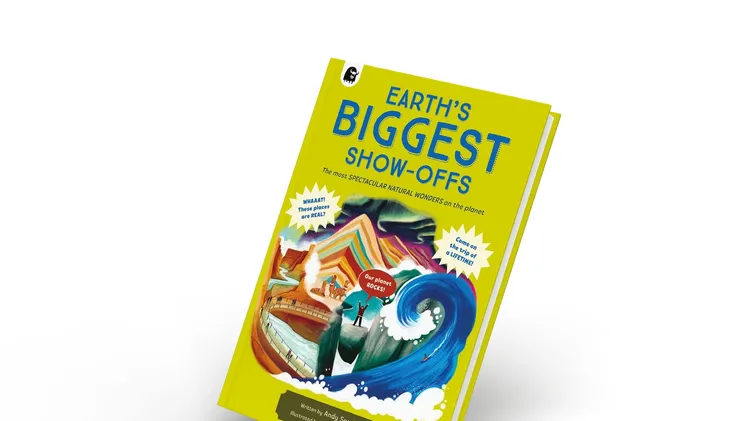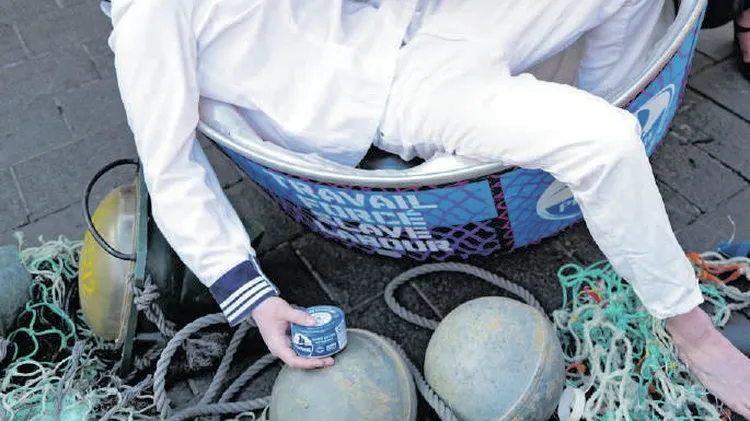‘XINGU – BELOW WATER’ BY OLIVER LUCANUS AND LEANDRO SOUSA
Gear book review
2 min read
This article is from...
Read this article and 8000+ more magazines and newspapers on Readly


